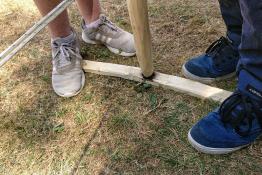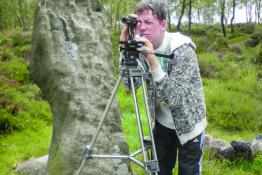ASE is committed to promoting outdoor learning as an effective and inspirational way to teach science.
Learning outdoors provides a meaningful way to engage learners in practical science, giving them experience of collecting and analysing data, and making predictions in the real world, beyond the limitations of the classroom or laboratory. The wider educational benefits of teaching and learning science outdoors in the natural and built environments include teamwork, motivation and its potential to influence positively the choice of science as a future subject of study. As an organisation we are committed to changing the perception about the value of outdoor learning.
Key Facts
- There is an increasing emphasis on ensuring that children spend time outdoors
- 95 percent of children surveyed said outdoor learning makes lessons more enjoyable
- 93 percent of schools said outdoor learning improves pupils’ social skills
- 92 percent said it improves pupils’ health and wellbeing and engages them with learning
- 82 percent saw a positive impact on behaviour
- 79 percent of teachers surveyed said outdoor learning had a positive impact on their teaching practice [1][2]
Key Reports
- Natural Connections Demonstration Project Transforming Outdoor Learning in Schools-Lessons (Teacher Guidance 2016)
- Natural England Learning Outside the Classroom in Natural Environments (2012)
Below are articles from ASE journals covering key aspects of outdoor learning and fieldwork. Please note that some articles may only be accessible by members of the Association.
[1] These findings are from England’s largest outdoor learning project - Natural Connections Demonstration project
[2] This evidence is outline in The Call of the Wild, CPRT Blog, Cutler M, 2016





